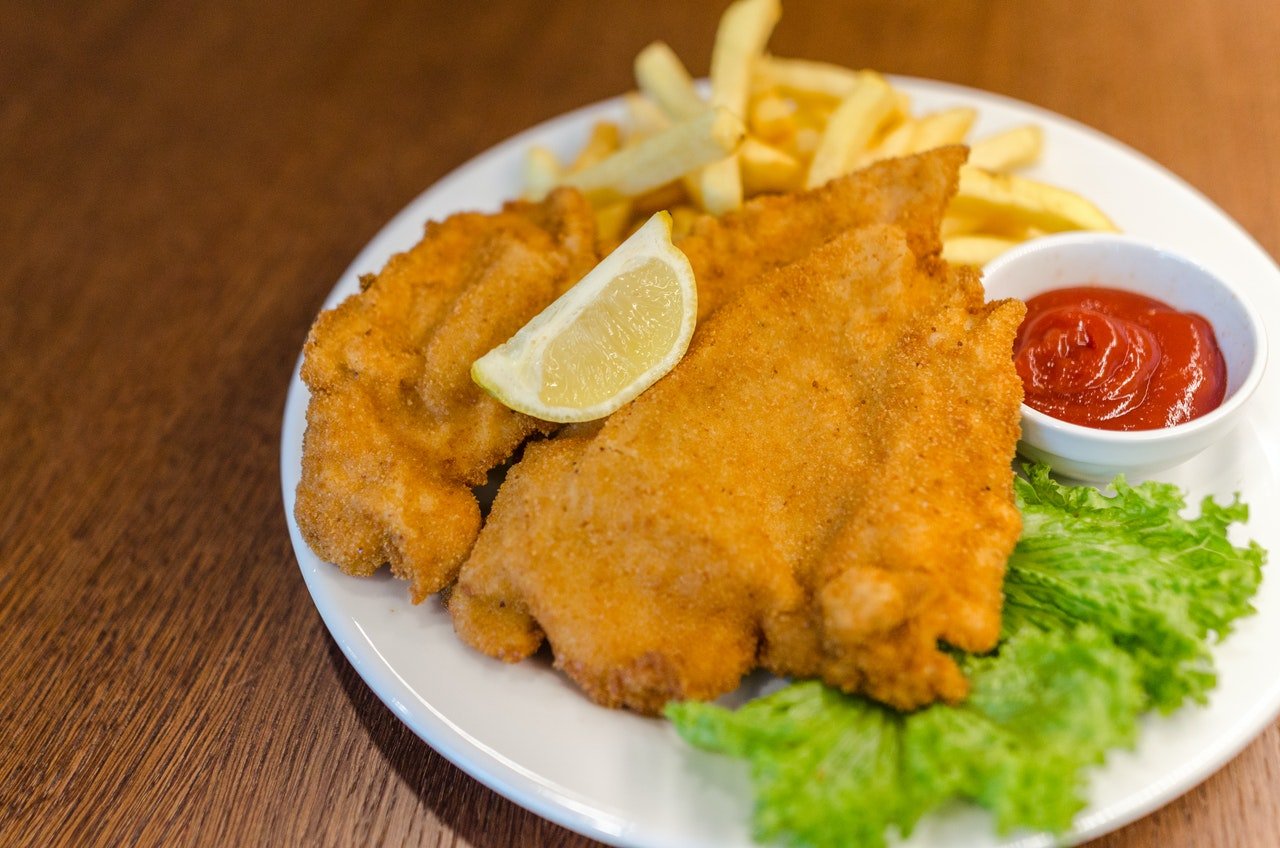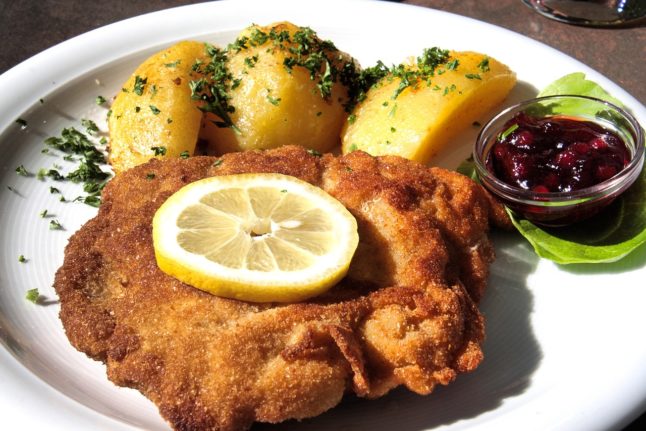When you visit a restaurant in Austria, you may struggle to find a lot of vegetarian options.
That’s because Austria is a meat heavy country – and national dishes like the Wiener Schnitzel and Tafelspitz – a boiled beef or veal in broth – attest to that.
READ ALSO: The best and worst Austrian foods (as voted for by you)
But do people in Austria eat too much meat?
Yes, according to the animal protection NGO Vier Pfoten (Four Paws), who said Austria’s meat consumption is almost twice as high as the global average.
According to research the organisation compiled for the so-called ‘Meat Exhaustion Day’, the Austrian population will have eaten the recommended amount of meat for the whole year by April 7th.
The calculation is based on the ‘Planetary Health Diet’, a scientifically based eating plan developed by the EAT-Lancet Commission, which takes into account the effects of nutrition on both the climate and human health.
Austria is ahead of its neighbours when it comes to consuming meat. In Germany, the ‘Meat Exhaustion Day’ deadline is April 21st, and in Switzerland, it’s May 6th.
People in Austria are eating “almost four times as much meat as recommended,” said Vier Pfoten campaign manager Veronika Weissenböck, adding that it is “alarming”.
READ ALSO: How did the Wiener Schnitzel become an Austrian icon?
‘More than seven schnitzels per week’
At 58.6 kilograms per capita per year, meat consumption in Austria is almost twice as high as the average global consumption (33 kilograms).
According to Vier Pfoten, each person eats 1.13 kilos per week, which is the equivalent of more than seven schnitzels per week.

The recommended amount of 301 grams of meat per week corresponds to no more than two schnitzels, said the NGO.
Weissenböck said countries like Austria needed to look into the problems related to excessive consumption.
“The truth is that cheap meat from factory farming costs us dearly,” she said. “The consequential costs of environmental pollution, climate pollution, the use of antibiotics, but also the rising costs in the health system due to a diet that is too heavy on meat – all of this has long been falling on our heads. Meat consumption must be reduced as quickly as possible.”
Vier Pfoten said that by eating two thirds less meat, Austria could save 28 percent of greenhouse gases in the food sector.
They called on politicians to put forward measures to reduce meat consumption, such as ending discount campaigns on meat and making sure companies have transparent labelling on products detailing the way animals are reared.
But is that a reality?
Probably not, or at least it isn’t high on the agenda in the political landscape in Austria.
In fact, Chancellor Karl Nehammer, of the conservative Austrian People’s Party (ÖVP) last year came under fire for dismissing left-wing complaints that there are children in Austria going hungry by saying that everyone could afford cheap meat – namely a €1.70 Hamburger from McDonald’s.
He admitted that “it’s not healthy, but it’s cheap”.
READ ALSO: Austrian chancellor under fire for saying low-income families should eat at McDonalds



 Please whitelist us to continue reading.
Please whitelist us to continue reading.
Member comments